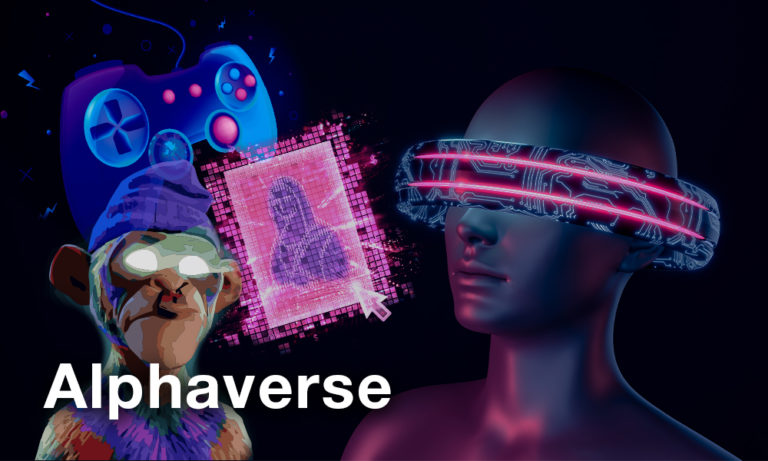Crypto Fortnite.

The biggest challenge for blockchain games is designing a sustainable economy that offers meaningful monetary rewards and doesn’t create high-cost barriers for new players.
The game I will talk about today, Blast Royale, prioritizes usage among low-income regions by making the NFTs cheap and developing the game for mobile users first. Additionally, while the supply of NFTs is uncapped, the game includes an “NFT decay” mechanism that reduces the number of NFTs over time to keep supply and demand balanced.
The team raised $5 million in a private sale from prominent crypto investors like Mechanism Capital, Animoca Brands, Defiance Capital, and Dragonfly Capital, gaining popularity among the crypto community. You can benefit from the project by participating in its upcoming public sale.
Blast Royale is an online multiplayer third-person shooting game similar to Fortnite and Call of Duty: Mobile, that have over 100 million users. The market opportunity for the game is immense if it can create a sustainable play-to-earn economy.
The NFTs in Blast Royale are equipment such as weapons and protective gear. Initially, a player needs at least three NFTs to start playing. The team plans to keep the NFTs cheap, costing around $20-$30 each.
Blast Royale gameplay snippet. Source: Discord
NFTs will enable players to earn in-game tokens. The project includes two tokens: $BLST, the game’s marketplace currency and future governance token, and $CS, an in-game currency awarded to players and used to upgrade NFTs.
The team has also introduced a “durability” mechanism, which reduces the earning capacity of NFTs with time until they’re no longer valuable in the game. To maintain the longevity of equipment NFTs, players need to spend $CS and $BLST tokens. This mechanism creates a “sink” for the tokens as active players need to spend them to keep their NFTs alive in the game.
The team can always inflate the NFT supply by releasing more equipment as unused items vanish over time. By implementing the above design, the project aims to maintain a dynamic equilibrium in the number of active players and NFT prices while increasing the utility for tokens.
$BLST token will be the primary currency on Blast Royale’s marketplace. Early token holders can benefit from increased demand after the marketplace launch as users need to purchase NFTs to start playing.
Still, participating in the public sale of $BLST tokens entails risks. The tokens come with a locking period, where only 10% will be unlocked immediately after the sale, and the remaining vested linearly for a year. This creates a long-term risk for buyers; however, it should keep inflation in check, giving the game’s ecosystem time to develop.
The second major risk arises from the ability of the team to deliver a quality game and build a player community. In this context, it’s encouraging to see that the team has partnered with leading blockchain gaming guilds like Real Player DAO, Merit Circle, Ancient8, and Avocado DAO to support scholarships that bring new players and organize inter-guild tournaments.
Moreover, the closed beta test version, which launched earlier this month, received positive feedback from the community.
According to a recent interview, the team will conduct the $BLST public sale in late May. You can secure an early allocation by participating in the sale event.
After the marketplace launch, you can sell your tokens at a profit or buy some NFTs for future earnings. However, since the NFTs decay over time, you have to make sure to rent them out or give your account to your kid or a friend to play when the game launches.
Follow the project’s Twitter account and Discord server to keep track of the $BLST public sale event. You can turn on the notifications on Twitter by clicking on the ‘bell’ icon to receive updates instantly.
You can also follow the #announcement channel on Blast Royale’s Discord. Note that you will need a personal server for this. If you don’t know how to set one up, don’t worry, it’s easy. Just follow the instructions here.
Did you like the content? Follow SIMETRI on Twitter.
And for even more alpha, follow me: Nivesh Rustgi, and my colleagues: Anton Tarasov, Sergey Yakovenko, Stefan Stankovic, Anthony Smith.



